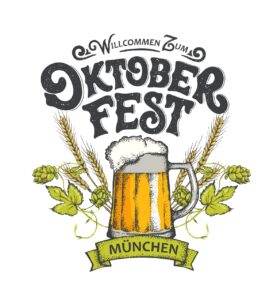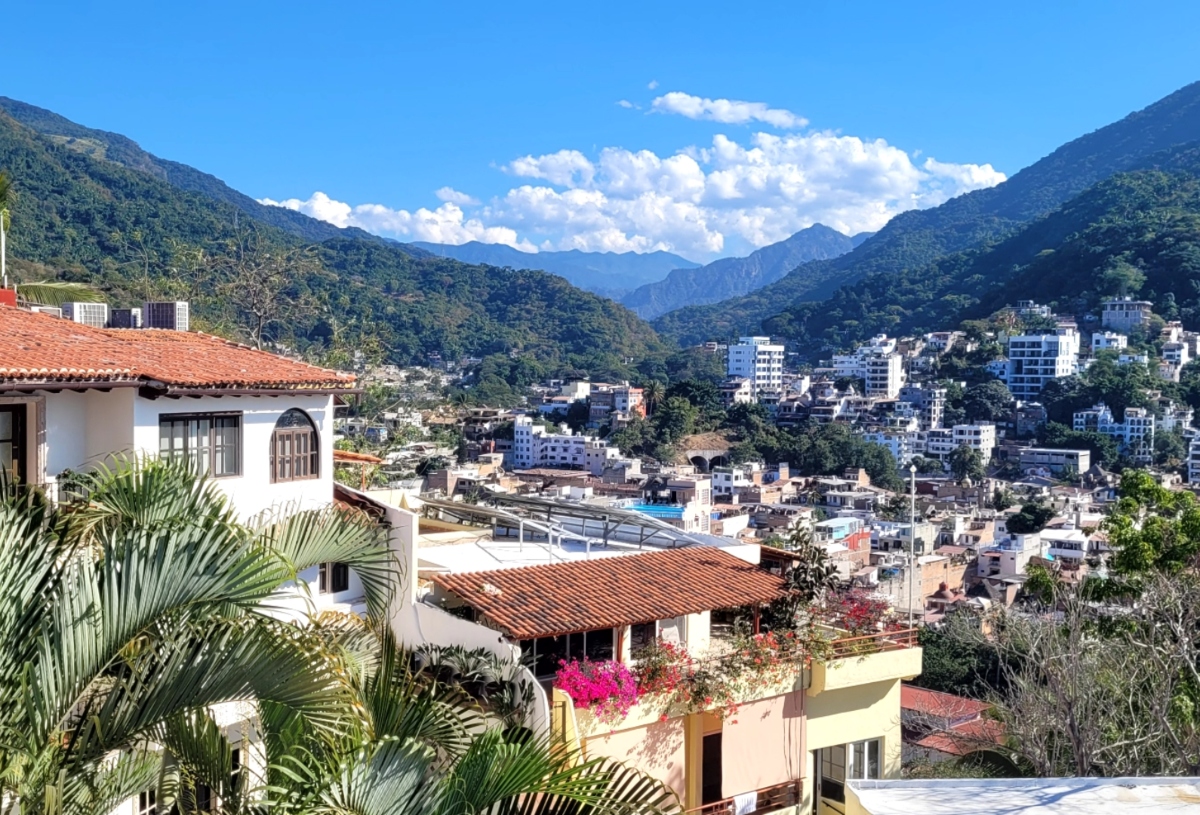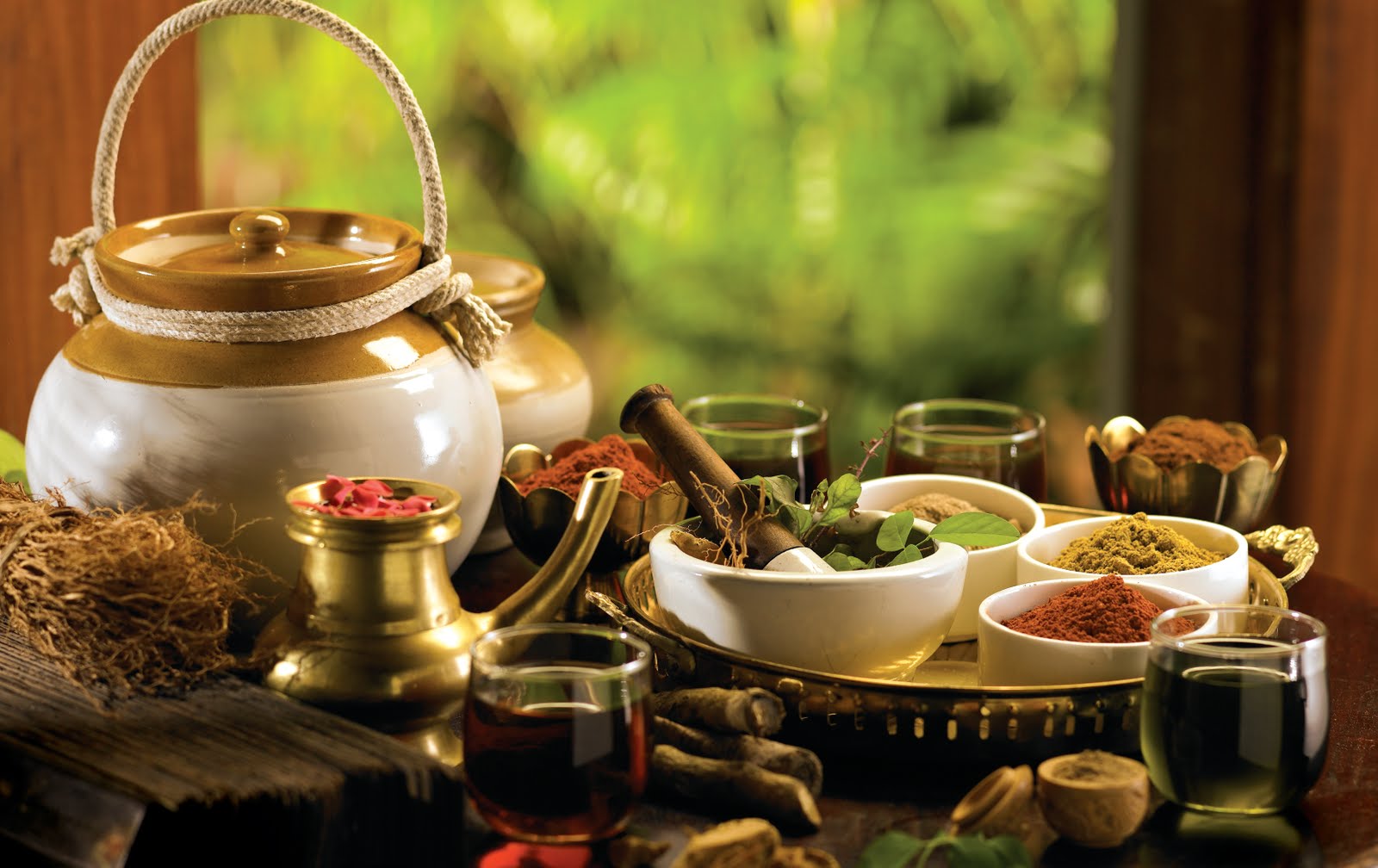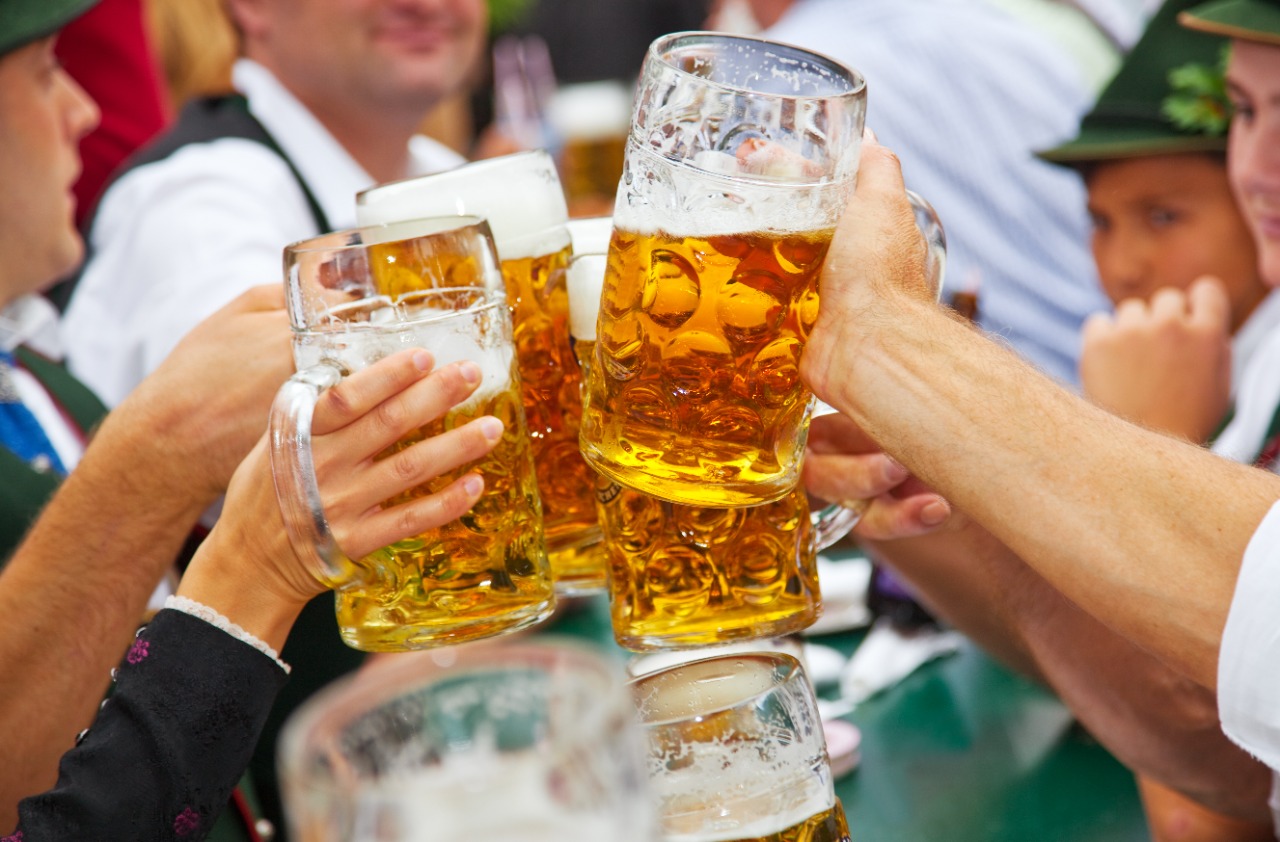
Don´t Worry, Beer Happy in Oktoberfest
October 14, 2021
October is the perfect month to talk about beer because of Oktoberfest, the Beer Festival in Munich. Although, when living in Germany, I always preferred a Biergärten (Beer gardens); less touristy and more authentic.
My father liked good beer. He taught me well. I’m certainly not a specialist, but I have gained valuable experiences tasting different beers in Germany and other countries. Local experts were my guide, such as my German boyfriend. By the way, he didn´t understand why, in some countries, beer is served slowly in order to avoid foam. For him, producing a perfect foam crown is an important element in quality beer. Also, my best friend in Berlin, a brew master/professional beer taster. We visited many breweries and pubs. Therefore, I think I can say a thing or two about beer, at least from the average taster’s point of view.
What is beer?
Beer is a slightly alcoholic beverage, brewed from cereal grains (mainly barley). Hops contribute aroma and bitterness to this beverage.
A bit of history
Almost all cultures have produced alcoholic beverages from sweet ingredients: honey, palm trees, fruits. Or from starchy substances: barley, wheat, rice; in this case, we obtain beer.
We know that beer was present in Ancient Egypt. Actually, beer consumption dates back some six thousand years in different parts of the world. There is early evidence in Sumer (modern Iraq). Also, we find documentation of similar beverages in Armenia, Phrygia (today Turkey), Pannonia (nowadays, Hungary), Thrace and Illyria (Balkan Peninsula).
Diodorus (1st Century BCE) cited Egyptian beer. Around the year 77 Pliny the Elder wrote about beer in Hispania and Galia (today Spain and France). In the 1st Century CE, beer was already popular in France. Tacitus wrote in year 98 about beer in Germania (today Germany). In the Middle Ages, good quality beer was already available in monasteries. There is documentation showing the use of hops in St. Ruprechtsberg in 1079. In 1516, Germany decreed the Purity Law, although the oldest beer law is the Hammurabi code of Babylon in 1692 BCE. By 1541, white beer was produced for the first time in Nuremberg. Over time, the art of preparing good beer became popular, and through centuries, this popularity has flourished.
You may also like: Nebbiolo, the grape from the fog
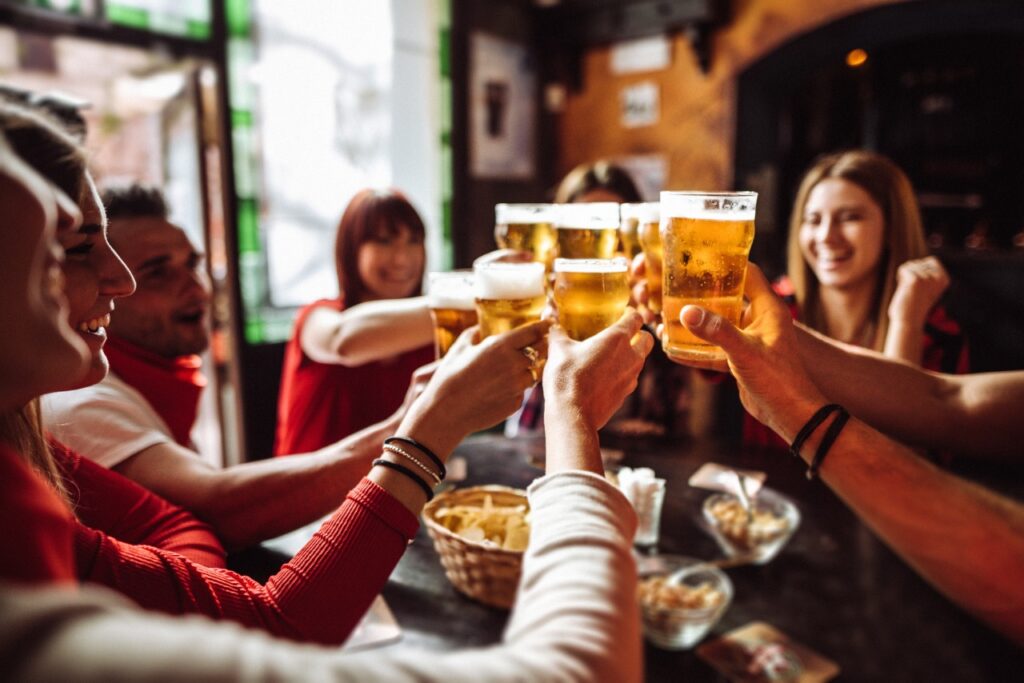
There are different ways to classify beer
By degree of fermentation:
- Ale: Fermented at higher temperatures. Its yeast forms organic compounds that give them a complex taste. Generally dark, thick, with some sparkle.
- Lager: Fermented at lower temperatures. Generally light, pale, very sparkly.
Depending on its ingredients:
Regularly, producing beer takes barley malt; if no other element is present, it is called “100% malt”. If it is combined with other cereal, such as wheat, it is “wheat beer”.
Hops is not usually considered in the origin description of the beer, with the exception of Pilsner. It is original from Pilsen, with barley from Moravia and hops from Zatec, Bohemia.
By the process:
- Rauchbier (wood smoke permeated beans)
- toasted (toasted bean)
- double malt (more malt than usual)
- double (double fermentation)
- Damfbier (steam machinery is used in its production)
- Stachebier (heated up with a red-hot iron stick)
- Steinbier (heated with very hot stones)
- with sea water (produced in Aruba)
- with mist water (produced in Chile)
- with rain water
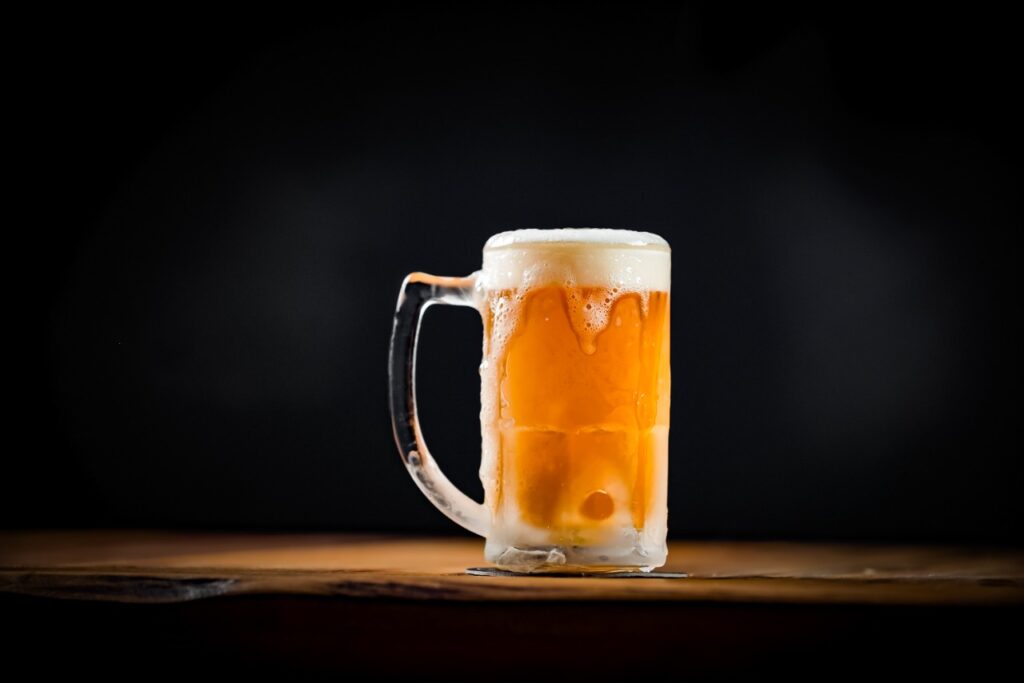
Origin:
Place of production is what defines some beers. There are beers with protected designation of origin, like Bière de Garde (France) and Kölsh (Cologne, Germany). Abbey beers, linked to monasteries. Additionally, there are regional beers with very special characteristics such as German, Belgian. and Scottish beers.
By its aspect:
- Amber
- Red
- Pale
- Dark
- Turbid
- “Stout” dark
The color and translucence are the result of several factors. Namely: suspended grain proteins, filtration or lack thereof, yeast in suspension, and the use of toasted or burned malt.
Since there are several ways to classify beers, beer can fit the description of more than one classification. This will be further explored in another edition. Prost!
------ADVERTISEMENT------
------ADVERTISEMENT------
------ADVERTISEMENT------
------ADVERTISEMENT------
